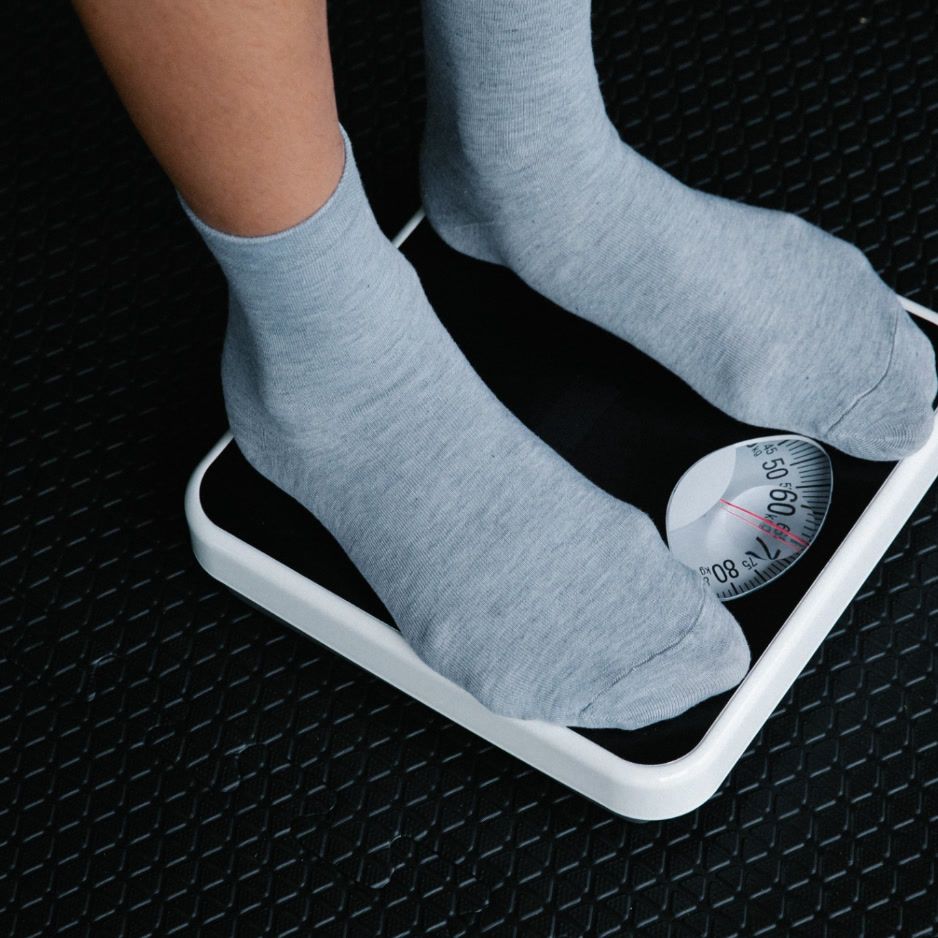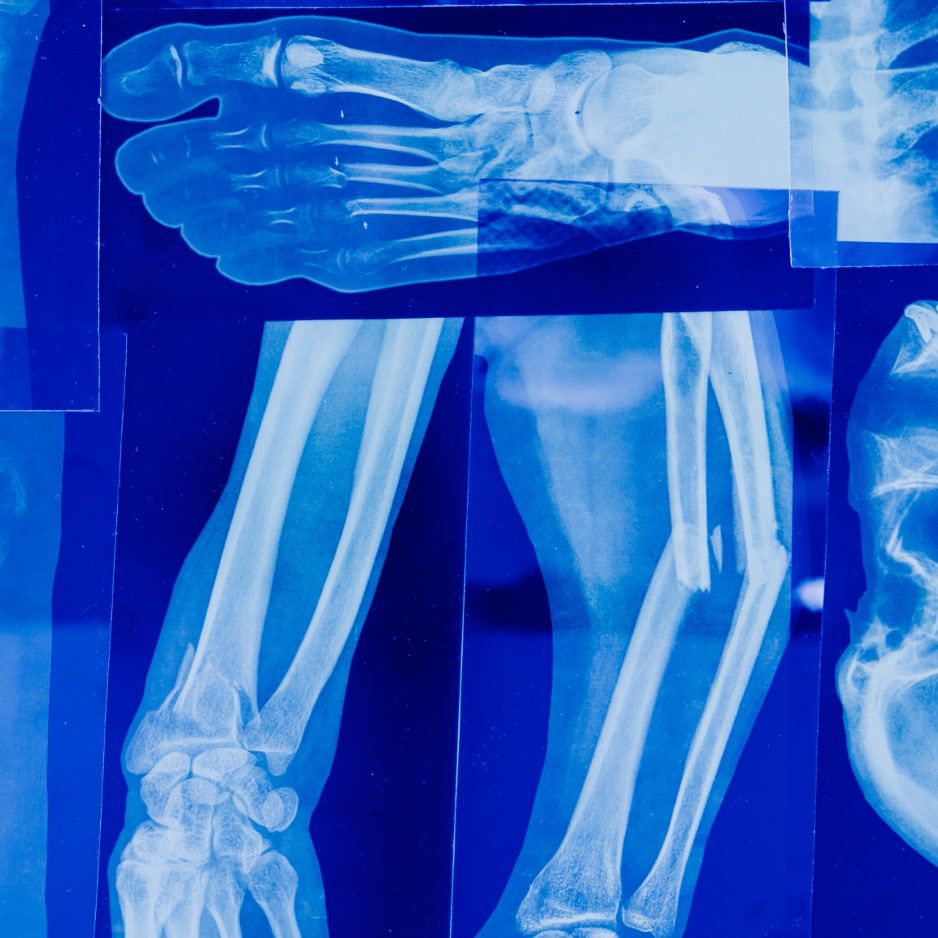Why is Appendicular Lean Mass Important?

Why is Appendicular Lean Mass Important?
Appendicular lean mass is a critical component of overall health and well-being. Understanding why it is important can help individuals make informed decisions regarding their lifestyle and fitness choices. In this article, we will explore the concept of appendicular lean mass, its role in the human body, the importance of maintaining healthy levels, and strategies for increasing it. Additionally, we will discuss techniques for measuring appendicular lean mass and how to interpret these measurements. By the end of this article, you will have a clear understanding of the significance of appendicular lean mass and how it affects your overall health and quality of life.
Understanding the Concept of Appendicular Lean Mass
In order to comprehend the importance of appendicular lean mass, it is crucial to first understand what it encompasses. Appendicular lean mass refers to the amount of muscle and lean tissue in the limbs, including the arms and legs. This excludes the muscles of the trunk, which are covered by the term "axial lean mass". The limbs play a vital role in mobility, strength, and overall physical function, making it essential to maintain optimal muscle mass in these areas.
When we delve deeper into the concept of appendicular lean mass, we uncover its significance in various aspects of health and wellness. Not only does it contribute to physical strength and mobility, but it also plays a crucial role in supporting bone health. The muscles in the arms and legs help to protect and strengthen the skeletal system, reducing the risk of injuries and conditions such as osteoporosis.
Definition of Appendicular Lean Mass
Appendicular lean mass is generally measured in kilograms and is a representation of the total muscle and lean tissue in the arms and legs. It is an essential marker of body composition and provides valuable information about an individual's overall health and physical capabilities.
Moreover, appendicular lean mass serves as a key indicator of muscle quality, not just quantity. The composition of muscle tissue, including factors like muscle density and strength, influences an individual's functional abilities and metabolic health. By focusing on improving appendicular lean mass, individuals can enhance their physical performance and reduce the risk of chronic diseases associated with muscle loss.
Components of Appendicular Lean Mass
Appendicular lean mass consists of various components, including muscle tissue, tendons, ligaments, and connective tissue. These components work together to provide stability and facilitate movement in the limbs. Additionally, appendicular lean mass contributes to the body's overall metabolic rate, affecting energy expenditure and fat burning.
Furthermore, the health of the appendicular lean mass is closely linked to overall well-being and longevity. Studies have shown that maintaining optimal muscle mass in the arms and legs can improve insulin sensitivity, reduce inflammation, and enhance cardiovascular health. This highlights the interconnected nature of appendicular lean mass with systemic health outcomes, emphasizing the importance of incorporating strength training and muscle-building exercises into a well-rounded fitness regimen.
The Role of Appendicular Lean Mass in the Human Body
Appendicular lean mass plays a crucial role in supporting various bodily functions and maintaining overall health. Let's explore two key areas where appendicular lean mass has a significant impact: physical strength and metabolism.
Appendicular Lean Mass and Physical Strength
Adequate levels of appendicular lean mass are directly related to physical strength. The muscles in the arms and legs are responsible for generating force and enabling movements such as lifting, pushing, and pulling. Greater appendicular lean mass translates to increased strength, improved balance, and enhanced performance in activities requiring physical exertion.
Appendicular Lean Mass and Metabolism
Another crucial role of appendicular lean mass is its influence on metabolism. Muscles are metabolically active tissues, meaning they require more energy to function compared to other tissues in the body. Thus, individuals with higher levels of appendicular lean mass tend to have a higher metabolic rate, resulting in increased calorie expenditure and potentially healthier body weight management.
Importance of Maintaining Healthy Appendicular Lean Mass
Maintaining healthy levels of appendicular lean mass as you age is vital for overall well-being. Let's delve into two significant reasons why:
Appendicular Lean Mass and Aging
As we age, our bodies naturally undergo a process called sarcopenia, which refers to the gradual loss of muscle mass and muscle function. This decline in appendicular lean mass can lead to weakness, decreased mobility, and an increased risk of falls and fractures. By actively preserving and even building appendicular lean mass through proper nutrition and exercise, individuals can mitigate the effects of sarcopenia and maintain a higher level of physical function as they age.
Appendicular Lean Mass and Disease Risk
In addition to the physical and functional benefits, maintaining healthy levels of appendicular lean mass also contributes to a reduced risk of various chronic conditions. Research has shown that individuals with lower levels of muscle mass are more susceptible to chronic diseases such as diabetes, cardiovascular disease, and metabolic syndrome. By prioritizing the preservation of appendicular lean mass, individuals can improve their long-term health outcomes and lower their likelihood of developing such conditions.
Measuring Appendicular Lean Mass
Measuring appendicular lean mass accurately is essential for understanding one's body composition and monitoring changes over time. Let's explore some techniques for assessing appendicular lean mass and learn how to interpret the resulting measurements.
Techniques for Assessing Appendicular Lean Mass
One commonly used method for assessing appendicular lean mass is dual-energy X-ray absorptiometry (DEXA). DEXA scans are non-invasive and provide accurate measurements of bone mineral density, body fat percentage, and lean mass distribution. This technique allows for precise identification and tracking of appendicular lean mass over time, facilitating effective monitoring of changes in muscle mass.
Interpreting Appendicular Lean Mass Measurements
The interpretation of appendicular lean mass measurements depends on several factors, including age, gender, and overall health status. Comparing measurements to reference ranges specific to one's demographic and taking into account other body composition markers can help determine whether an individual's appendicular lean mass falls within a healthy range. Consulting with a healthcare professional or a body composition specialist can provide valuable insights and guidance on how to maintain or improve appendicular lean mass.
Strategies for Increasing Appendicular Lean Mass
For individuals looking to increase their appendicular lean mass, several strategies can be employed, including proper nutrition and targeted exercise regimens.
Nutrition for Enhancing Appendicular Lean Mass
Adequate protein intake is vital for muscle growth and maintenance. Including lean protein sources such as poultry, fish, beans, and tofu in your diet can provide the essential amino acids necessary for muscle repair and growth. Additionally, consuming a balanced diet rich in fruits, vegetables, whole grains, and healthy fats can provide the necessary nutrients for optimal muscle function.
Exercise Regimens for Appendicular Lean Mass Growth
Resistance training, such as weightlifting, is a highly effective way to stimulate muscle growth and increase appendicular lean mass. Performing compound exercises that target multiple muscle groups, such as squats, deadlifts, and bench presses, can lead to significant gains in muscle mass. It is essential to gradually increase the intensity and frequency of workouts as your strength and fitness levels improve.
In conclusion, appendicular lean mass is crucial for overall health and physical function. Preserving and increasing appendicular lean mass through proper nutrition, targeted exercise, and regular monitoring can lead to improved strength, metabolism, and reduced risk of chronic diseases. To track your body fat, muscle mass, and bone health over time, consider the benefits of BodySpec's affordable DEXA Scans. These scans provide valuable insights into your body composition, helping you make informed decisions about your health and fitness journey.


